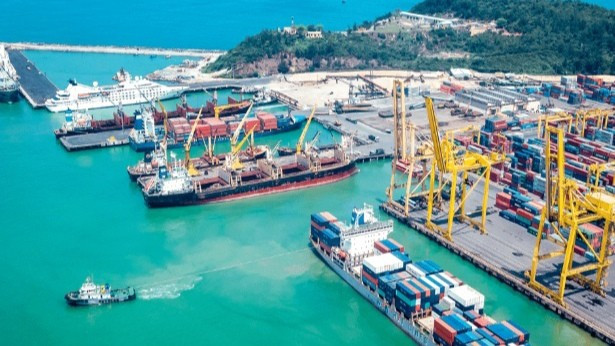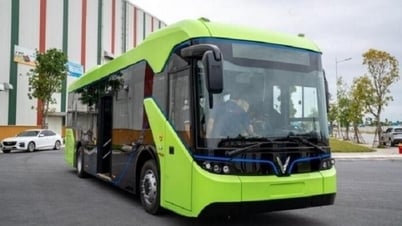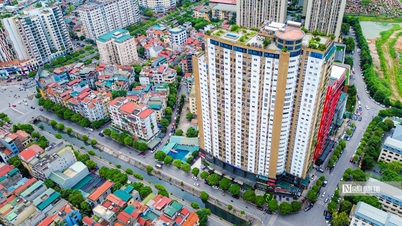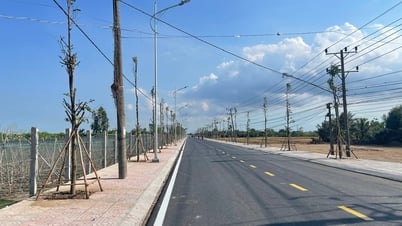
Accordingly, Da Nang Seaport includes Tien Sa wharf area; Lien Chieu; Tho Quang; My Khe; Hoang Sa island district seaport and anchorage areas, transshipment areas, storm shelters.
By 2030, Da Nang seaport aims to handle 23-29 million tons of goods (including 1.33 million TEU to 1.71 million TEU of container cargo); receive 532,300 to 597,000 passengers. Regarding Da Nang seaport infrastructure, there are a total of 12 to 15 ports including 20 to 23 wharves with a total length of 4,220.3 m to 5,745.3 m.
The vision to 2050 is to meet the demand through goods with an average growth rate of about 4.5%/year to 5.5%/year.
After 2030, the function of Tien Sa wharf area will be gradually converted into a tourist port in accordance with the investment and exploitation process of Lien Chieu wharf area.
The Ministry of Construction also deployed the connection of roads, railways, inland waterways and coastal routes according to approved planning.
On that basis, the Ministry of Construction estimates that the capital investment demand for the seaport system by 2030 is about VND 23,335 billion, including investment capital for public maritime infrastructure of about VND 6,505 billion and investment capital demand for ports of about VND 16,830 billion.
To realize investment capital, the Ministry of Construction continues to improve mechanisms and conditions to mobilize diverse domestic and foreign resources to participate in investing in developing seaport infrastructure according to planning and institutionalizing solutions on decentralization and delegation of authority to mobilize resources; exploiting resources from land funds, water surfaces, revenue from leasing and exploiting port infrastructure invested from the budget; promoting socialization of investment in developing seaport infrastructure.
Source: https://daibieunhandan.vn/dau-tu-hon-23300-ty-dong-dau-tu-he-thong-cac-cang-bien-da-nang-post408849.html


![[Photo] General Secretary To Lam chairs a working session with the Central Internal Affairs Commission](https://vphoto.vietnam.vn/thumb/1200x675/vietnam/resource/IMAGE/2025/5/22/3b7790f499da45b2803d8ae253207ef1)


![[Photo] Prime Minister Pham Minh Chinh chairs the Government's special meeting on law-making in May](https://vphoto.vietnam.vn/thumb/1200x675/vietnam/resource/IMAGE/2025/5/22/1c880aae96fd4e0894abc47a46fe19ba)
![[Photo] Prime Minister Pham Minh Chinh chairs meeting on draft Resolution of National Assembly on International Financial Center in Vietnam](https://vphoto.vietnam.vn/thumb/1200x675/vietnam/resource/IMAGE/2025/5/22/d398664ff1a140629169ea5a24e1b4d0)
![[Photo] Press delegation meeting to visit Truong Sa and DK1 Platform](https://vphoto.vietnam.vn/thumb/1200x675/vietnam/resource/IMAGE/2025/5/22/6b8d232877ec421a9e8187d83b9f8006)












































































![[Podcast] Week introducing more than 500 OCOP products in Hanoi](https://vphoto.vietnam.vn/thumb/402x226/vietnam/resource/IMAGE/2025/5/22/d144aac2416744718388dbae3260e7fd)






Comment (0)